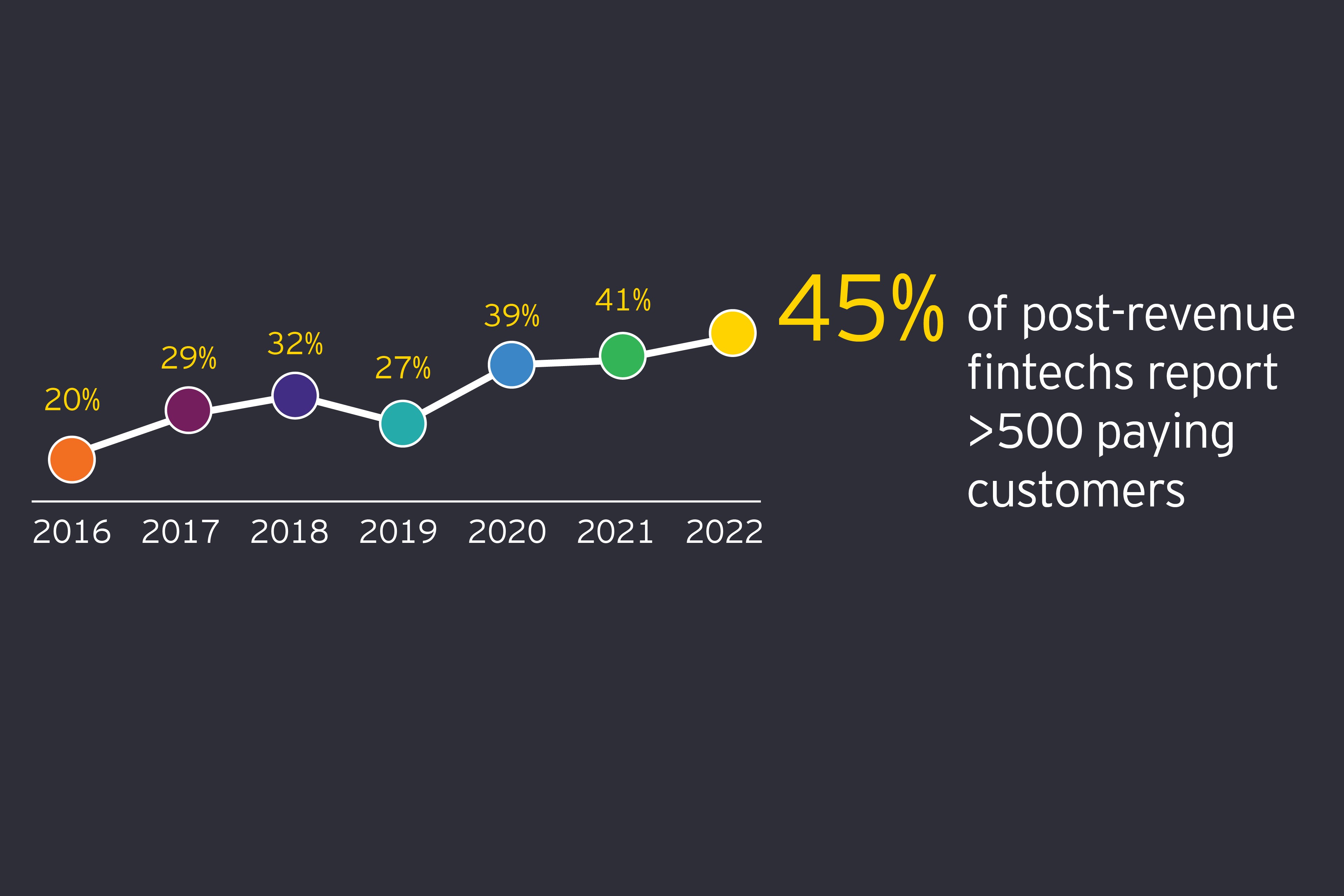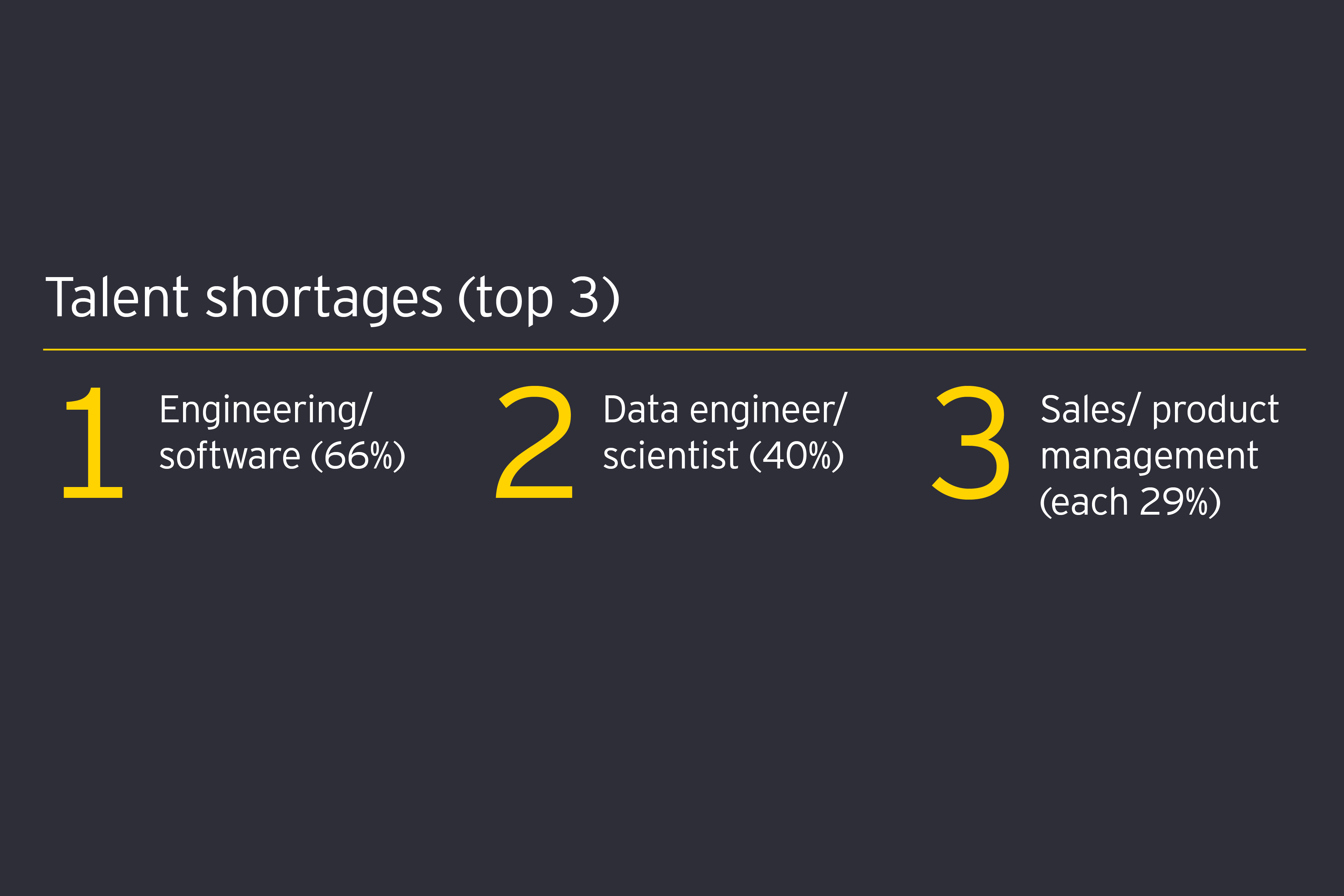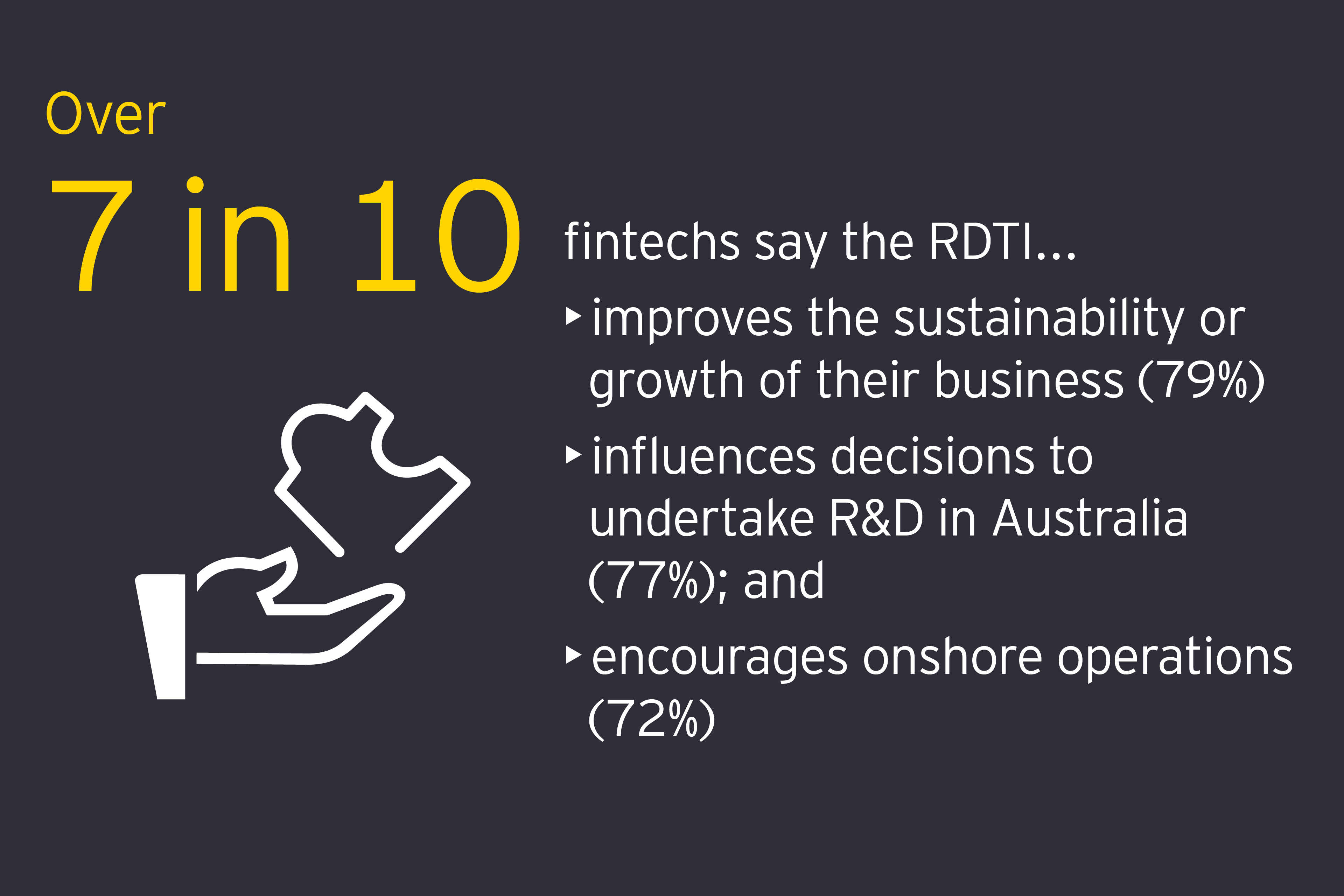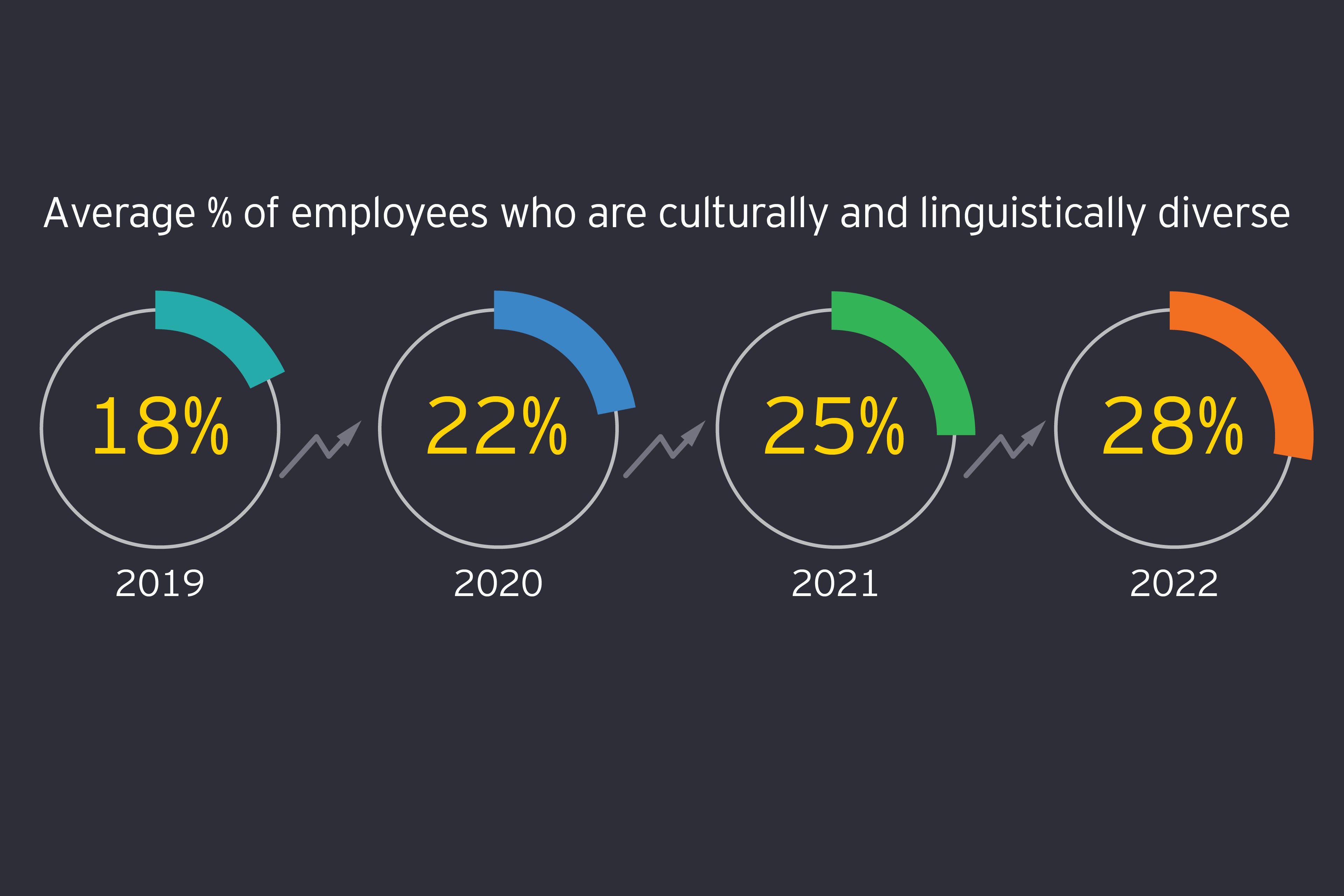Warning signs in the capital raising environment
Capital raising in the sector continues to grow steadily as investors increasingly understand the importance and potential of fintechs, and the sector moves towards more mature and alternative funding strategies. However, the funding landscape is shifting.
In 2021, access to funding grew as fiscal and monetary stimulus drove demand and provided liquidity to the market. Investors knew that with the pandemic boosting business digitisation and pushing more consumers to use digital solutions, the environment was primed for fintech innovation.
This year, qualitative interviews with fintech founders and investors suggest investors are re-evaluating the market and proving more hesitant to provide, especially larger, rounds of funding. Extended due diligence, fall in valuations and increased demand for positive cash-flows combined with reduced availability of investor capital is limiting some fintech expansion plans.
Capital raising has not grown since last year, with 45% of respondents having raised more than $10m to date, in line with 44% in 2021. Payments, wallets and supply chain fintechs were the most successful, with 21% of this segment raising more than $100m, compared to the 13% sector average. Outside of founder funding (54%), capital raising was largely from venture capitalists (33%), angel investors (32%) and strategic corporate investors (29%).
However, reliance on founder funding is waning and the interest in and use of alternative funding, including government grants, is increasing. Half of the fintechs (54%) surveyed reported private funding from founders, compared to up to 75% in earlier surveys. One-in-five cite government grants (including the R&D tax incentive) as a source of funding, highlighting the importance of the R&D tax incentive as part of the funding for growth equation.
In the last 12 months, a rising number of fintechs (29% versus 18% in 2021) failed to meet their capital raising expectations. Also, the proportion exceeding their capital raising requirements decreased slightly (17% versus 21% in 2021). Qualitative interviews revealed an increasingly challenging landscape for newer startups to raise capital to grow quickly. However, early stage fintechs are still being rewarded if they can showcase profitable growth. Fintechs with longer runways and a clear path to profit are also continuing to attract funding.








